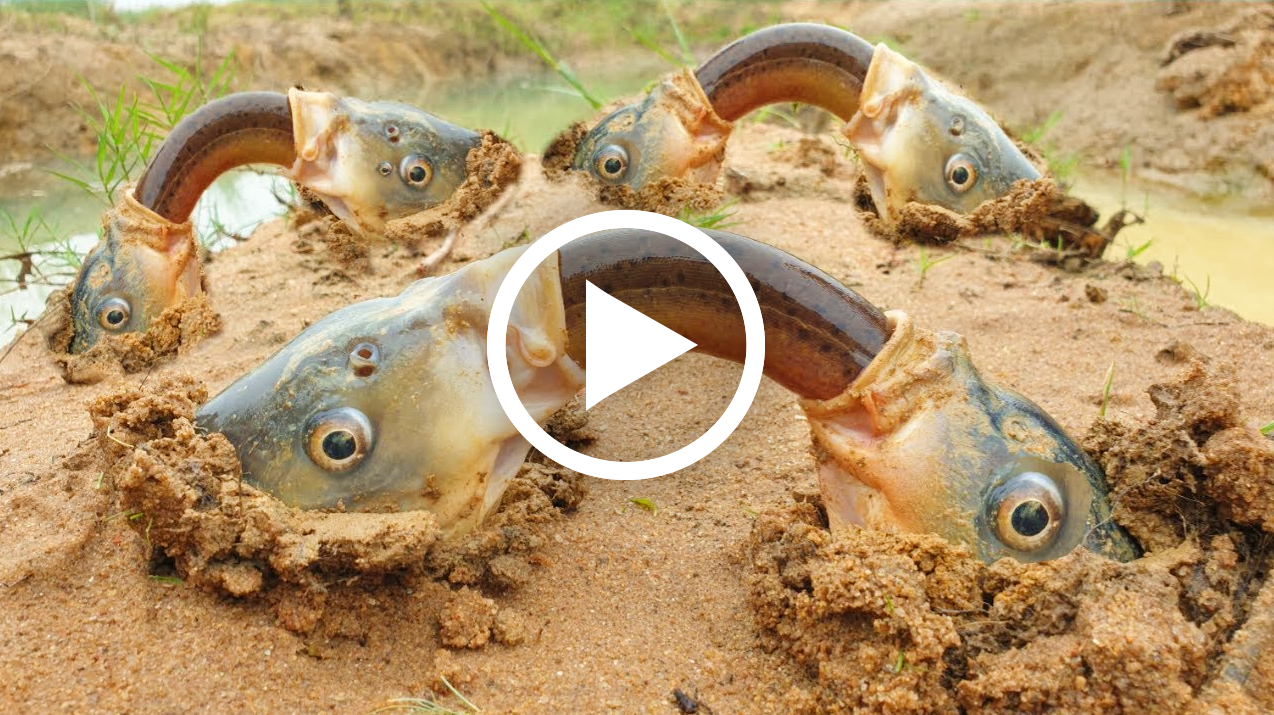Nature is full of wonders that continually surprise and captivate us. From majestic landscapes to unique animal behaviors, there is an endless array of remarkable sights to behold.
A stunning and unbelievable image has been captured on film, showing thousands of fish devouring eels at the water’s surface.
This remarkable sight, known as a “bait ball,” is a natural phenomenon that has left many in awe of the power and beauty of nature.
 The image shows a massive swarm of fish, all converging on a group of eels in a feeding frenzy. The eels, unable to escape, are quickly consumed by the swarm, creating a surreal and mesmerizing scene that is both captivating and chilling.
The image shows a massive swarm of fish, all converging on a group of eels in a feeding frenzy. The eels, unable to escape, are quickly consumed by the swarm, creating a surreal and mesmerizing scene that is both captivating and chilling.
 The image has sparked widespread interest and fascination among scientists and nature enthusiasts, who are eager to learn more about the behavior of fish and other marine animals. It serves as a powerful reminder of the incredible diversity and complexity of our planet’s ecosystems, and the importance of protecting and preserving these fragile environments.
The image has sparked widespread interest and fascination among scientists and nature enthusiasts, who are eager to learn more about the behavior of fish and other marine animals. It serves as a powerful reminder of the incredible diversity and complexity of our planet’s ecosystems, and the importance of protecting and preserving these fragile environments.
 While the sight of fish feeding on eels may seem violent and gruesome, it is actually a natural and important part of the ecosystem. Fish are opportunistic feeders, and they will eat whatever prey they can find, including other fish and small marine animals.
While the sight of fish feeding on eels may seem violent and gruesome, it is actually a natural and important part of the ecosystem. Fish are opportunistic feeders, and they will eat whatever prey they can find, including other fish and small marine animals.
 The phenomenon captured in the image is a testament to the power and beauty of nature, and a reminder of our responsibility to protect and preserve the delicate balance of life within it. As we continue to explore and learn more about the natural world, it is important to approach these wonders with respect and a commitment to preserving and protecting them for future generations.
The phenomenon captured in the image is a testament to the power and beauty of nature, and a reminder of our responsibility to protect and preserve the delicate balance of life within it. As we continue to explore and learn more about the natural world, it is important to approach these wonders with respect and a commitment to preserving and protecting them for future generations.
 The remarkable image of fish feeding on eels serves as a powerful reminder of the beauty and complexity of our planet’s ecosystems, and the importance of maintaining a balance between human activity and the natural world. It is a call to action for all of us to do our part in preserving and protecting the incredible diversity of life that exists within our oceans and beyond.
The remarkable image of fish feeding on eels serves as a powerful reminder of the beauty and complexity of our planet’s ecosystems, and the importance of maintaining a balance between human activity and the natural world. It is a call to action for all of us to do our part in preserving and protecting the incredible diversity of life that exists within our oceans and beyond.


